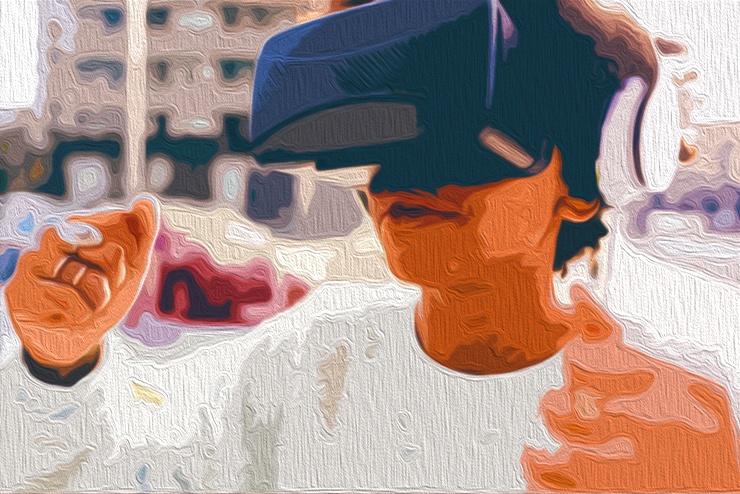[TAG0]
(Image: Gabriela Cybulska/Wikimedia Commons)
Original by James Cameron
Avatar
The film and its sequel are proving to be a success at more than the box office. They're also helping in the laboratory. Researchers are using motion capture technology from the film to track the onset and progression of two genetic diseases that affect mobility.
Motion capture technology today uses wearable sensors and sometimes painted-on dots to track actors' movements. Cameron wanted to be able to translate complex facial expressions from actors into the language of the Na'vi when he began filming Avatar. New Zealand's FX studio Weta FX was inspired to improve on its motion capture capabilities. They created an optical solver that tracks actors' eyes and built a better facial camera rig. Cameron and Weta's motion-capture technology were able to capture far more detail that other systems.
This level of detail can be used to track mobility impairment over time. Friedreich's Ataxia (FA) is a condition caused by a variant in the Frataxin gene. It gradually reduces neurological and cardiac function. Duchenne Muscular Dystrophy works in a similar way. It affects proximal muscles strength, before weakening the limbs and heart. Both disorders progress slowly so it is important that symptoms are evaluated as soon as possible. Only then can doctors form a treatment plan.
(Image: Alan Calvert/Unsplash)
The UK's neurologists and geneticists have used Cameron's and Weta’s motion capture technology to track FA and DMD-related impairment. The researchers described how wearable sensors and artificial Intelligence were used to detect the severity of these conditions while also predicting the progression of symptoms in a paper published last Wednesday in the journal Nature Medicine.
The normal procedure for doctors is to visually assess a patient’s FA and DMD progress while they complete standardized tasks. This leaves a lot of room for error, as one can see. It is also very slow. Creating a long term projection from multiple assessments takes approximately two years. This time could be used for treatment. Researchers found that it is possible to cut down on the time required by attaching motion capture sensors onto patients with FA and pairing these sensors with AI. Researchers found that the motion-capture-AI system produced a symptom projection in six months, with better accuracy than a doctor.
The researchers have now applied for approval to use motion capture systems in FA/DMD drug trials, based on the success of their experiments. The technology, if approved, could reduce the length of clinical trials and decrease costs. This will encourage pharmaceutical companies to conduct more research on FA and DMD treatments.
Read
- Scientists can edit some heart diseases with genetic 'pen'
- Pharmaceutical companies are no longer required to test drugs on animals
- Scientists have successfully reversed aging in mice
————————————————————————————————————————————————————————————
By: Adrianna Nine
Title: Researchers Use Avatar’s Motion Capture Tech to Study Genetic Disorders
Sourced From: www.extremetech.com/extreme/342518-researchers-use-avatars-motion-capture-tech-to-study-genetic-disorders
Published Date: Tue, 24 Jan 2023 16:14:17 +0000

Leave a Reply